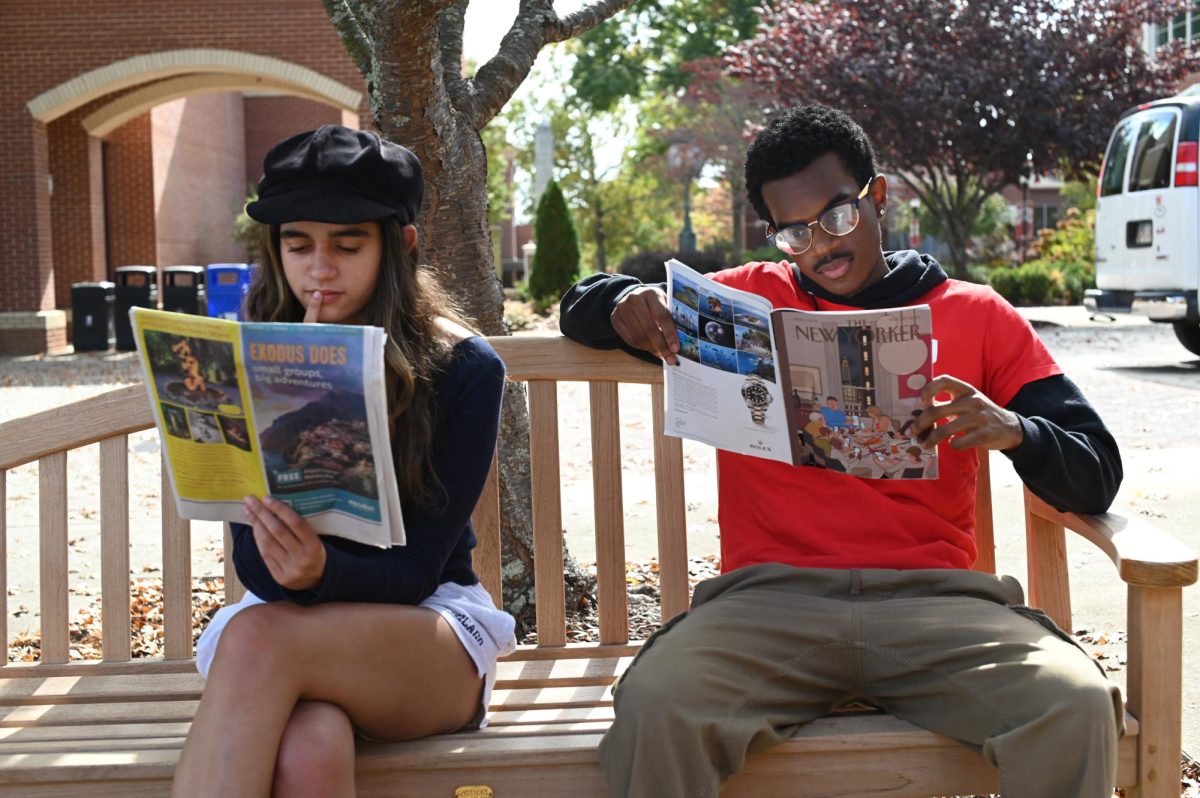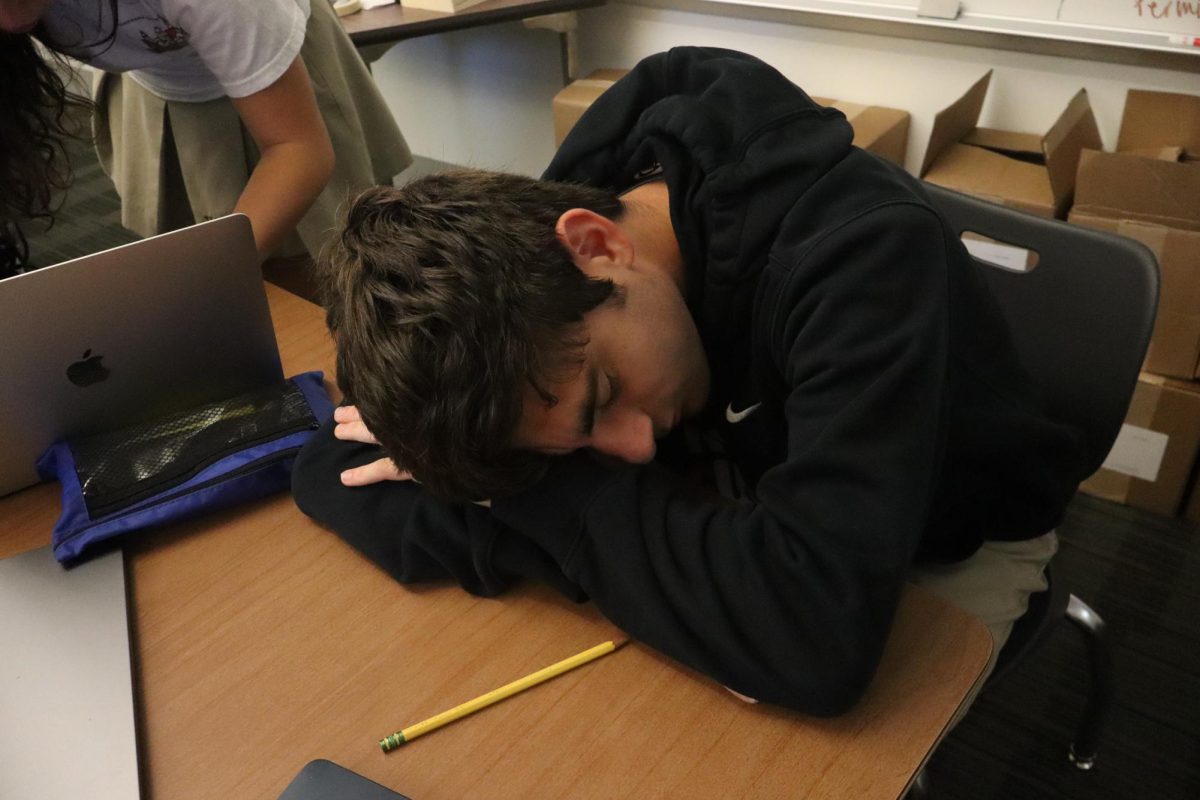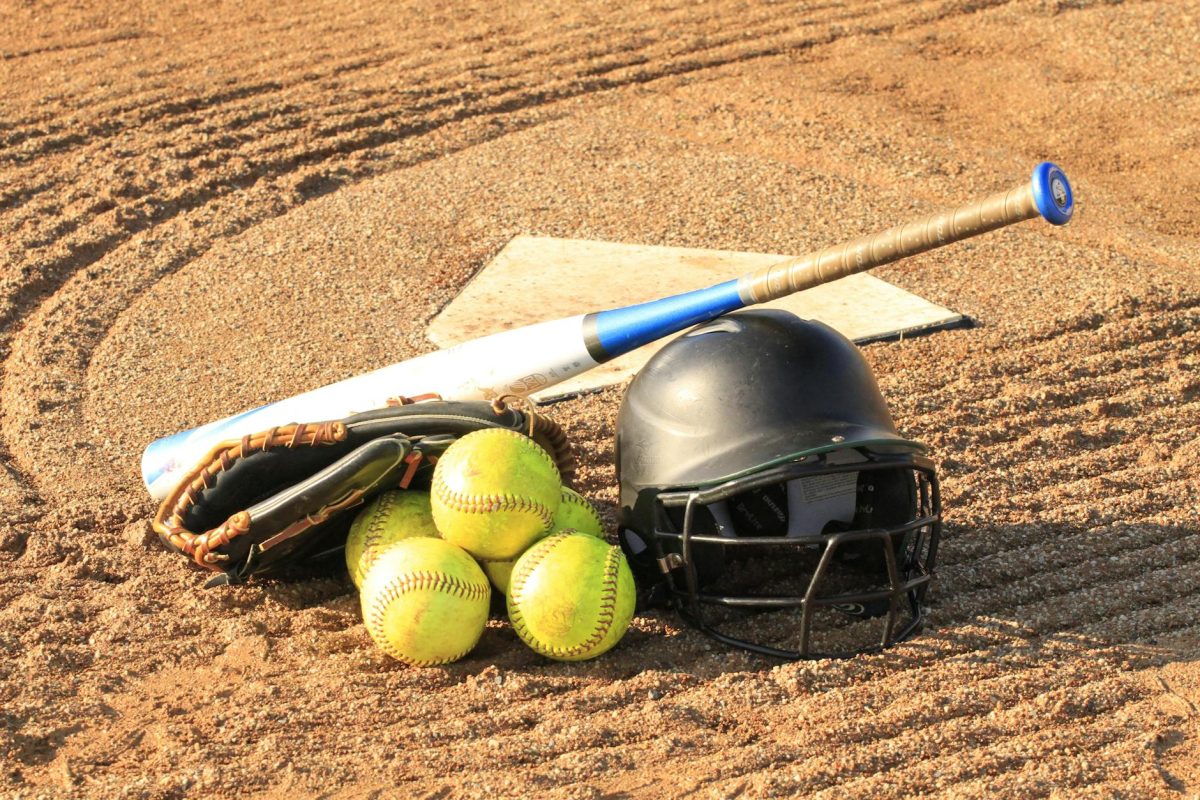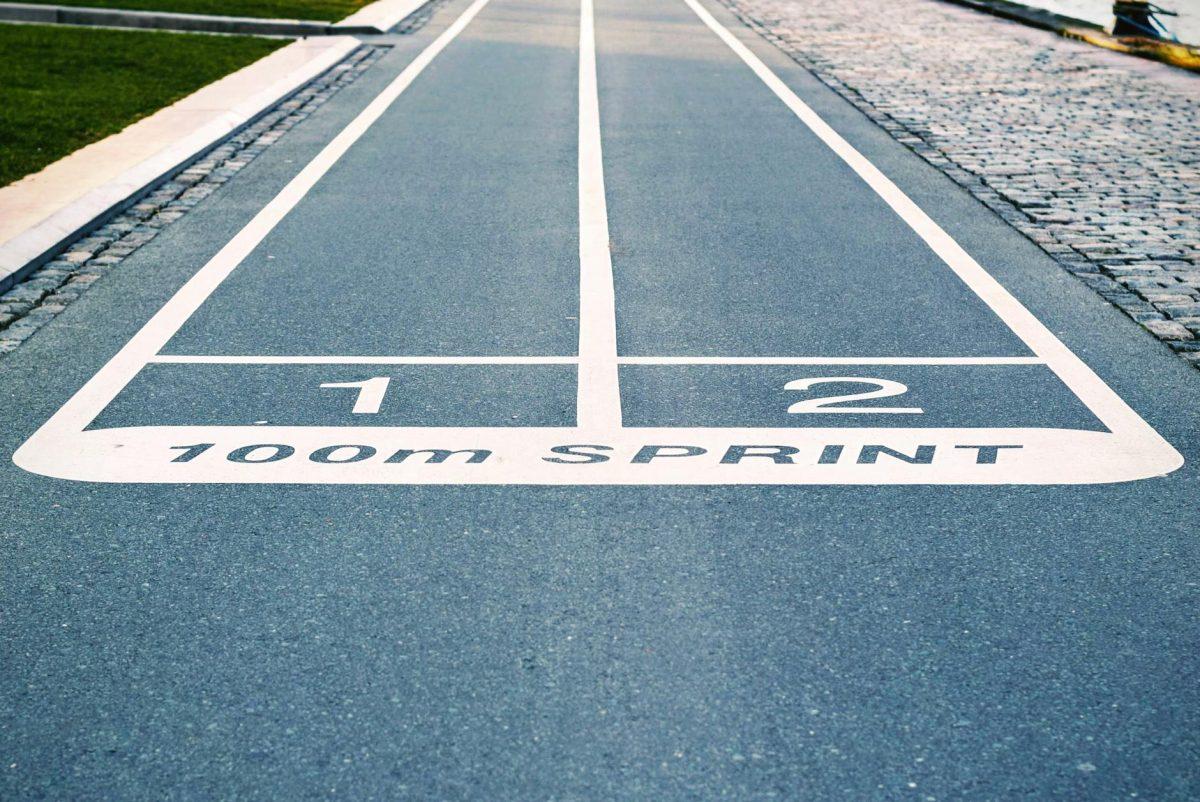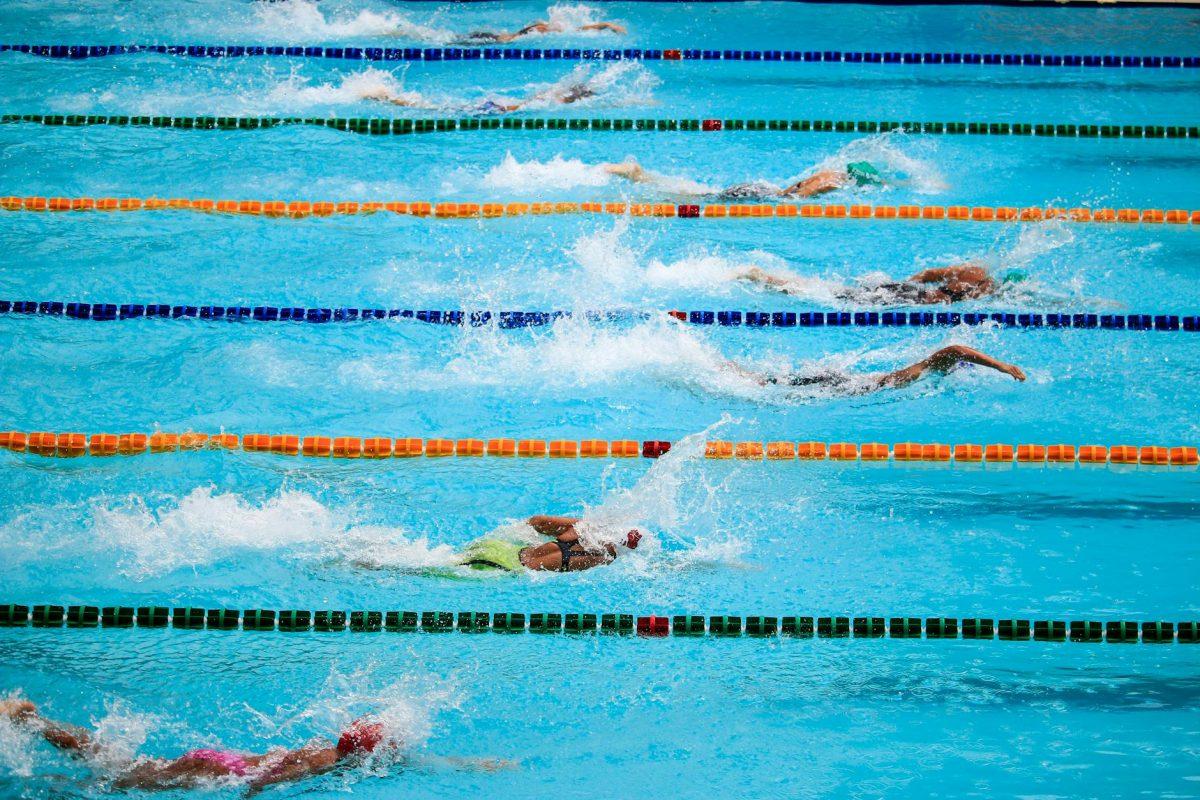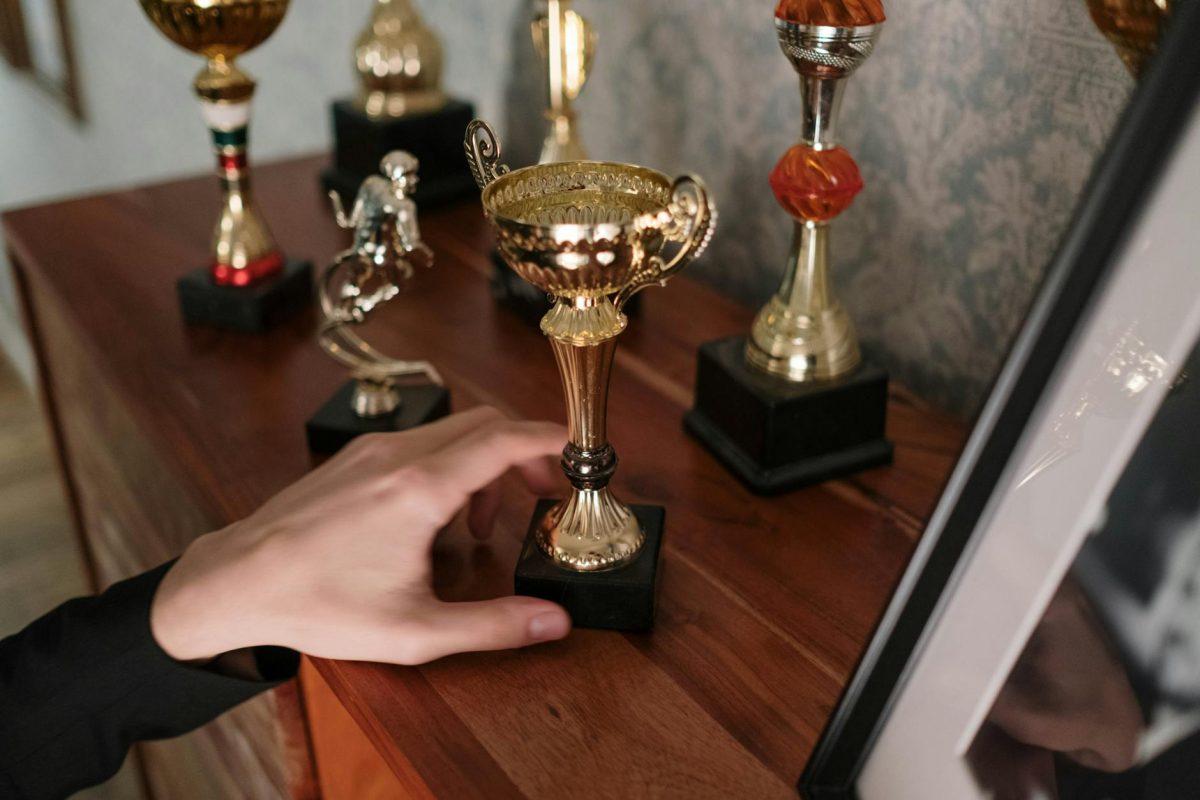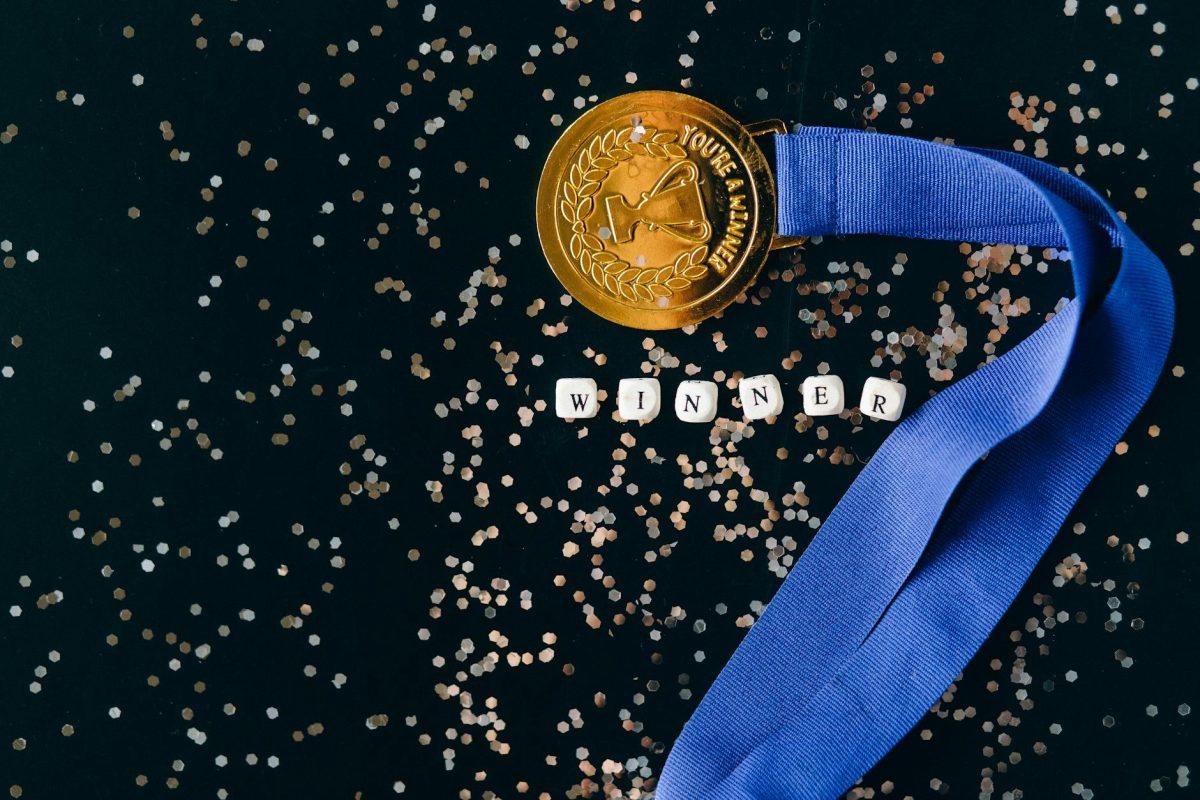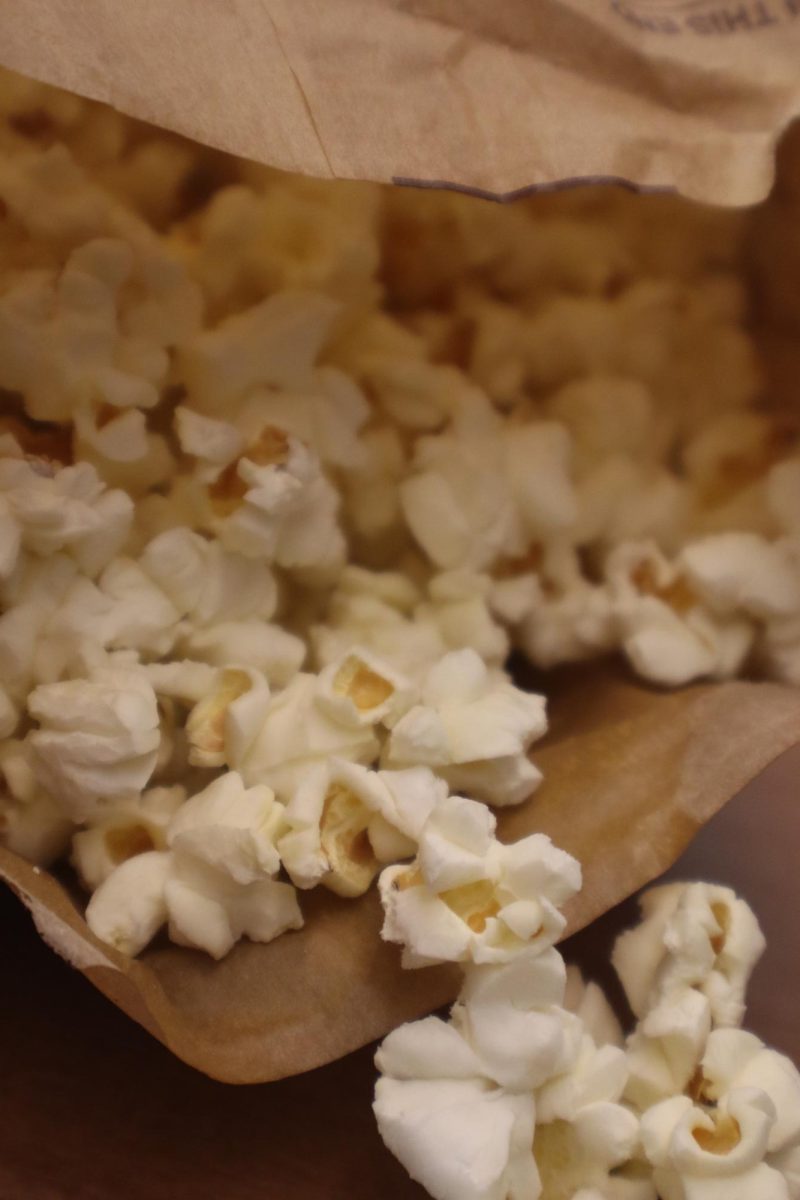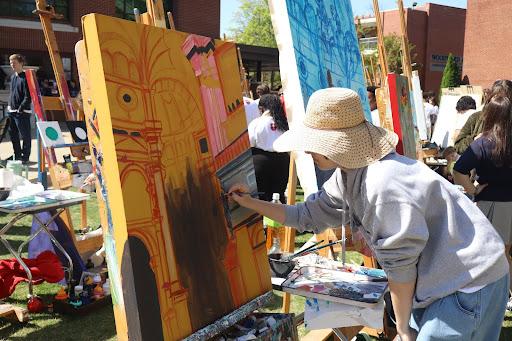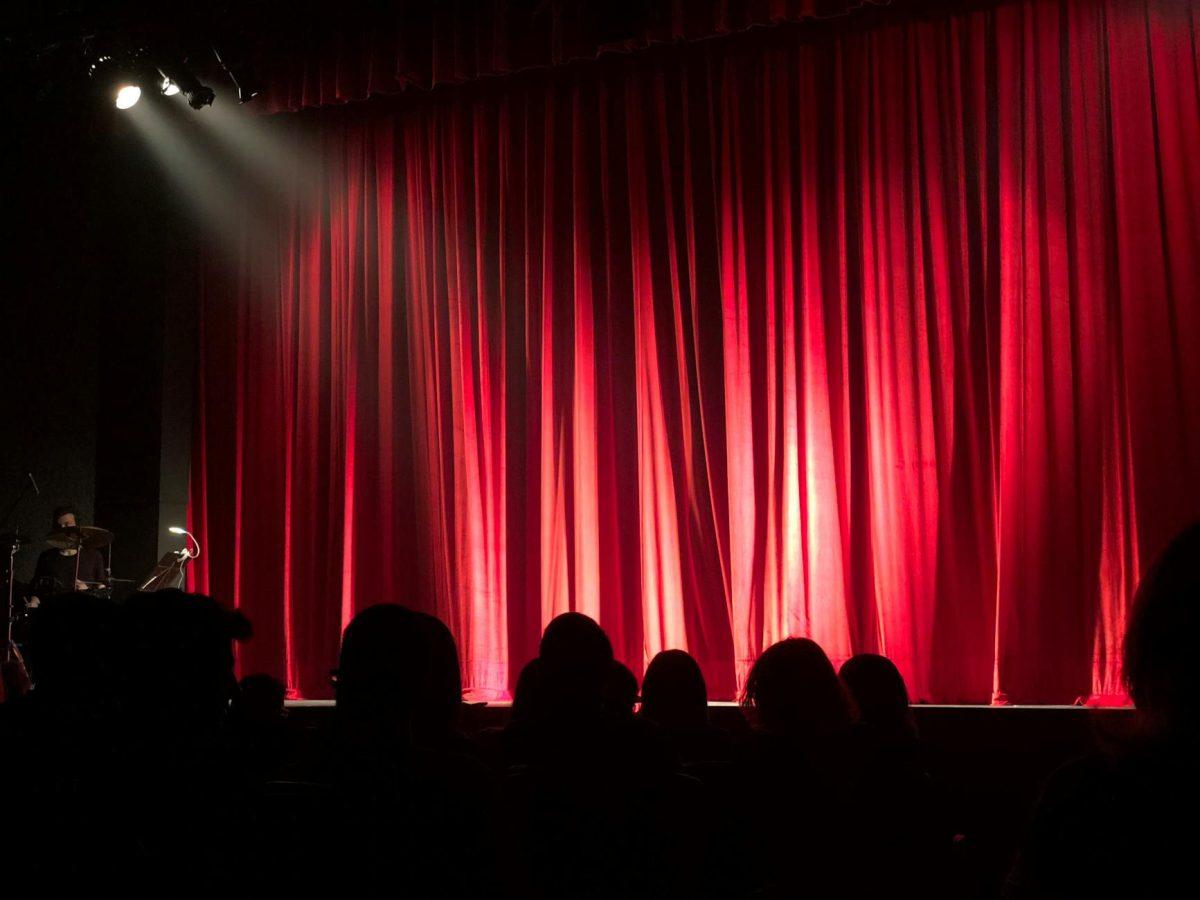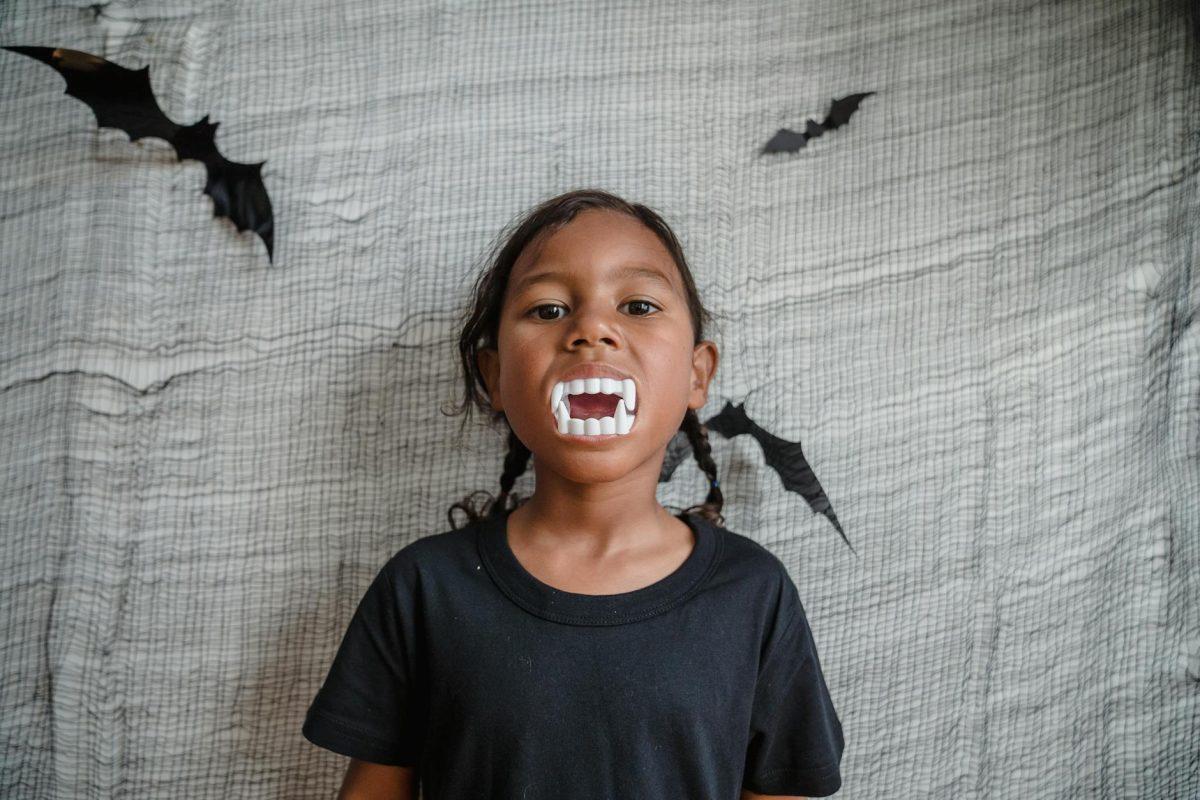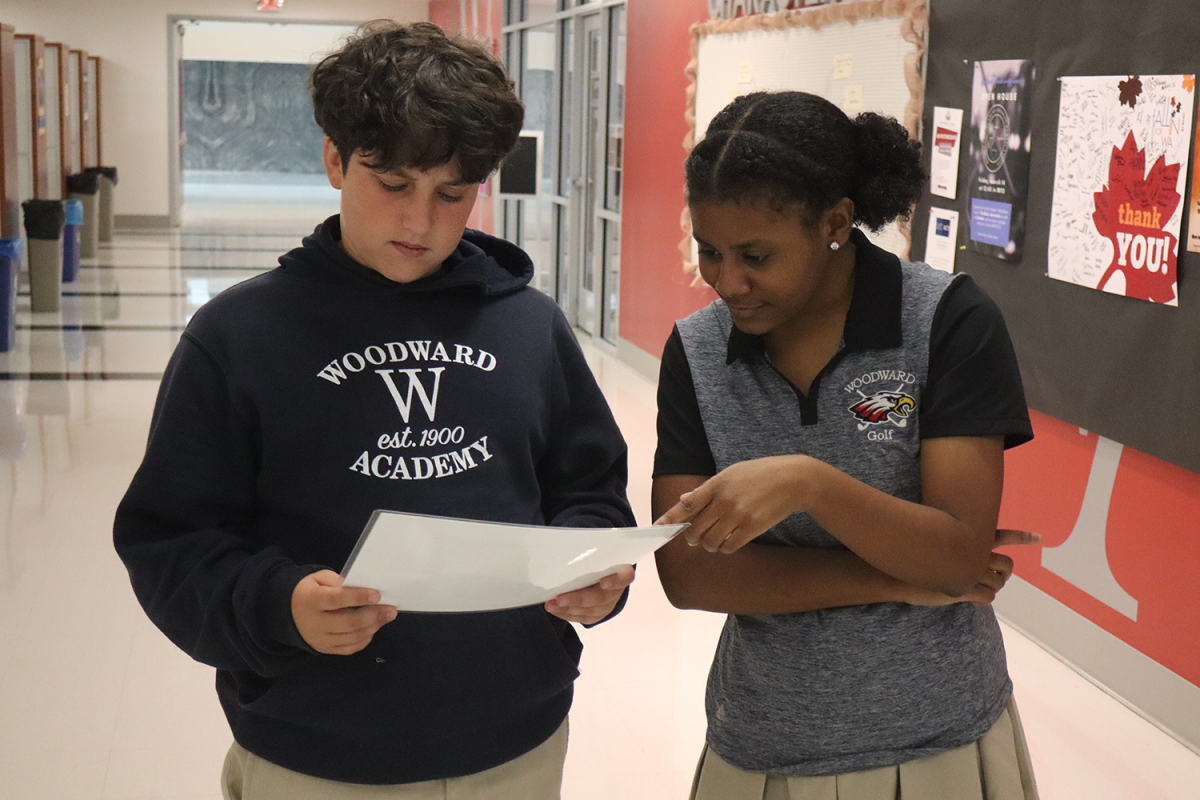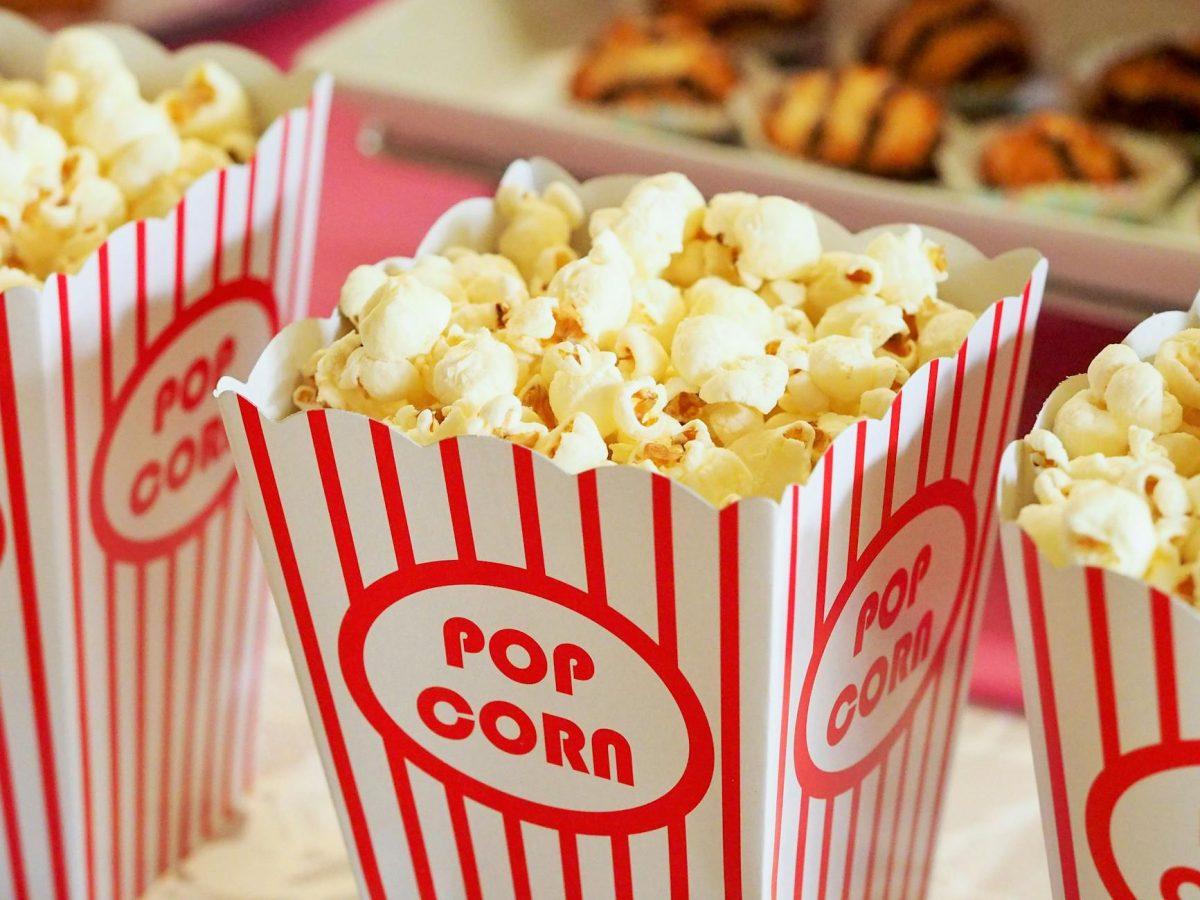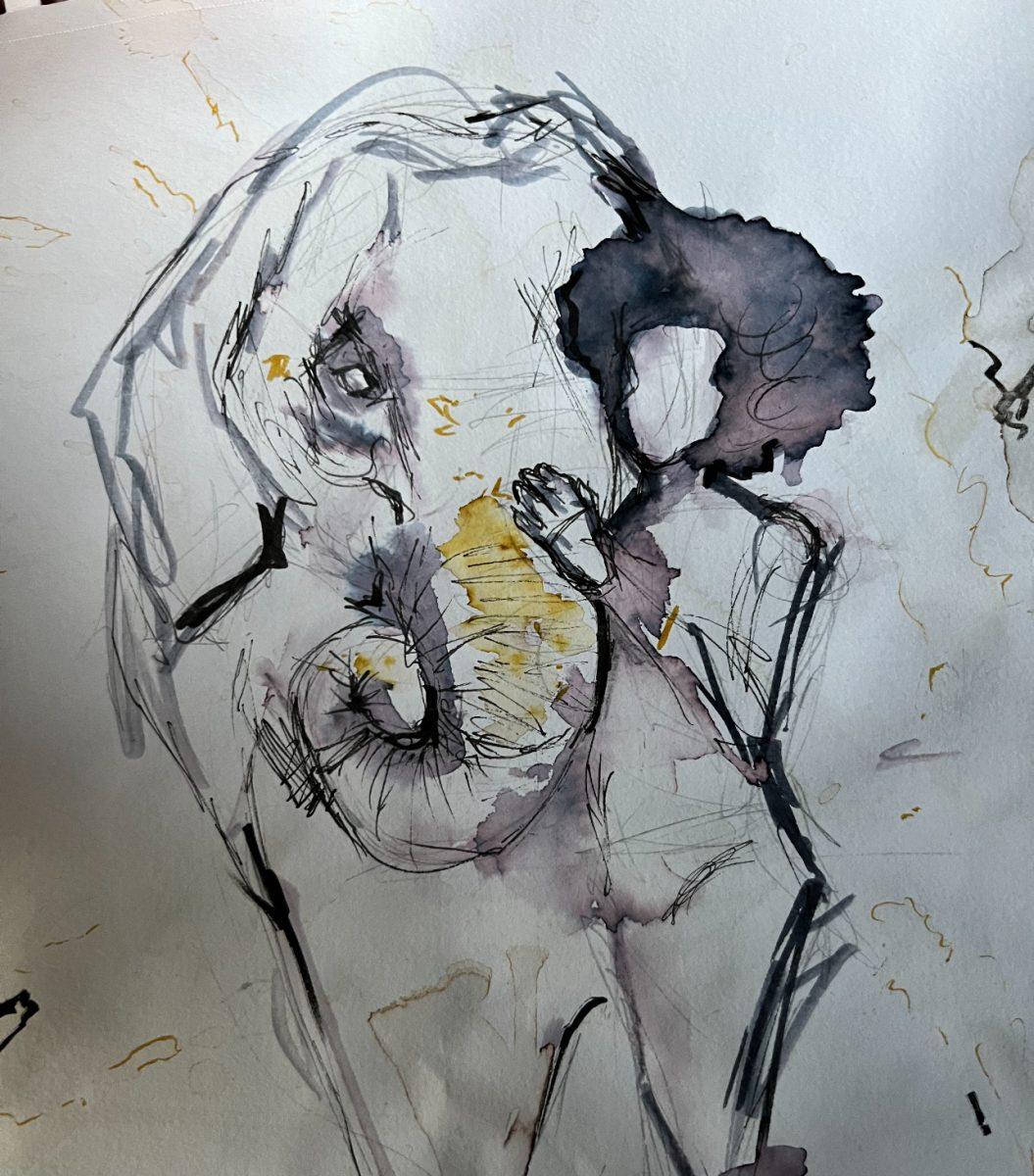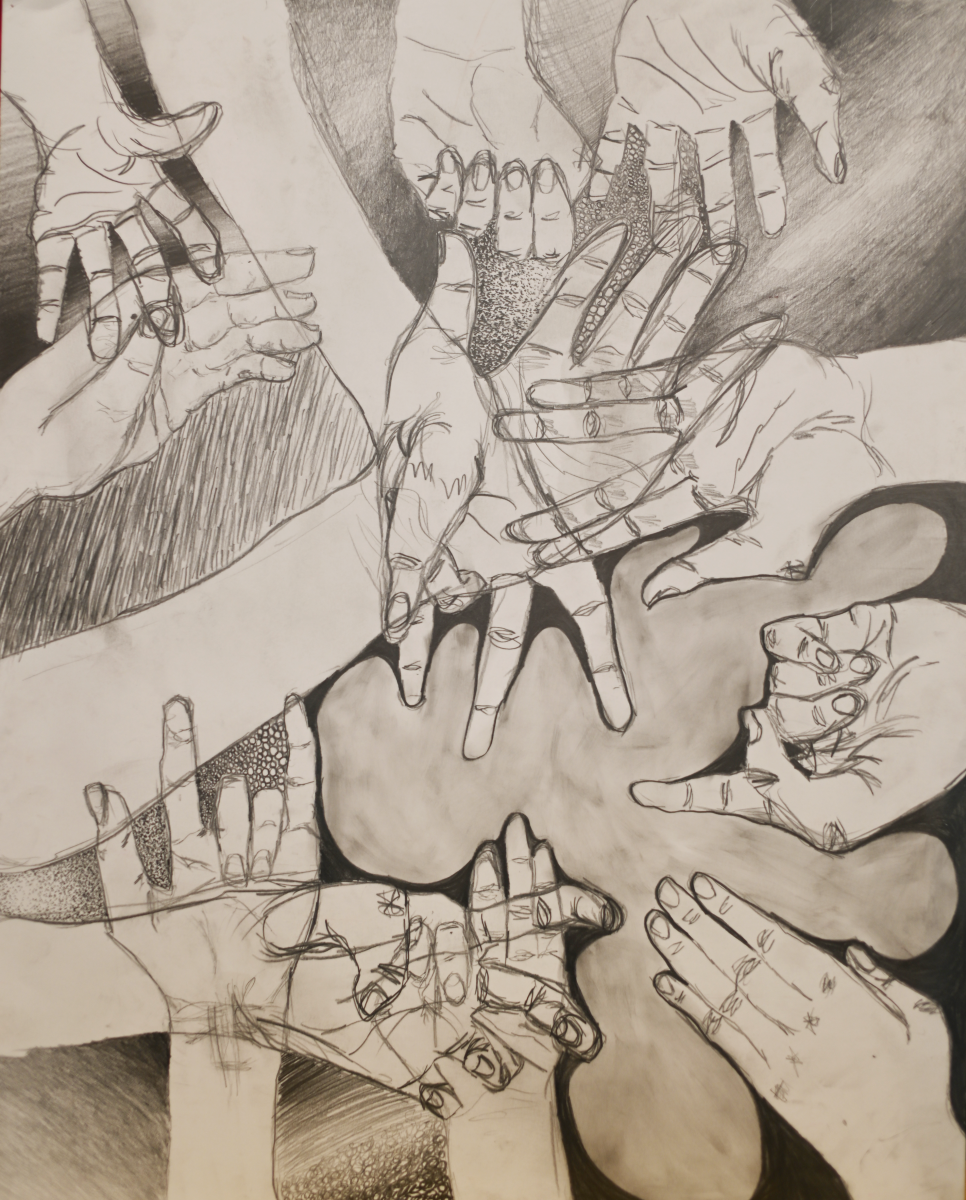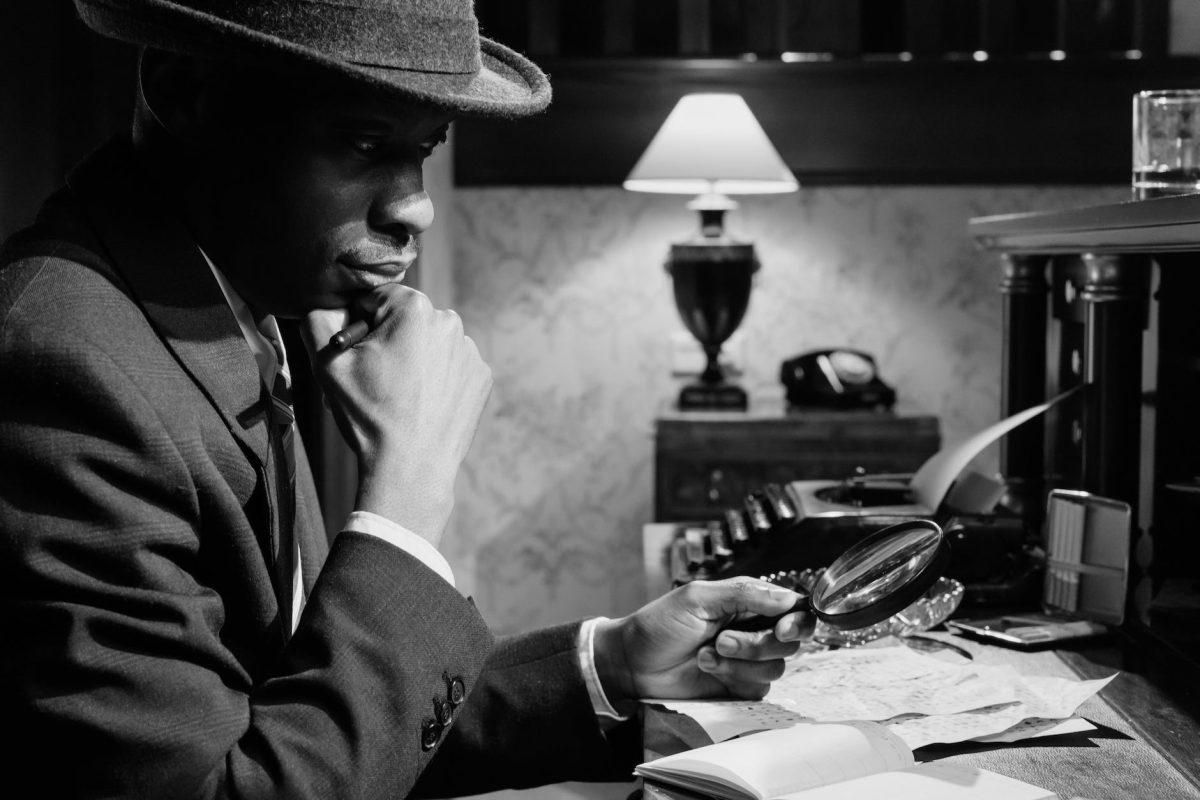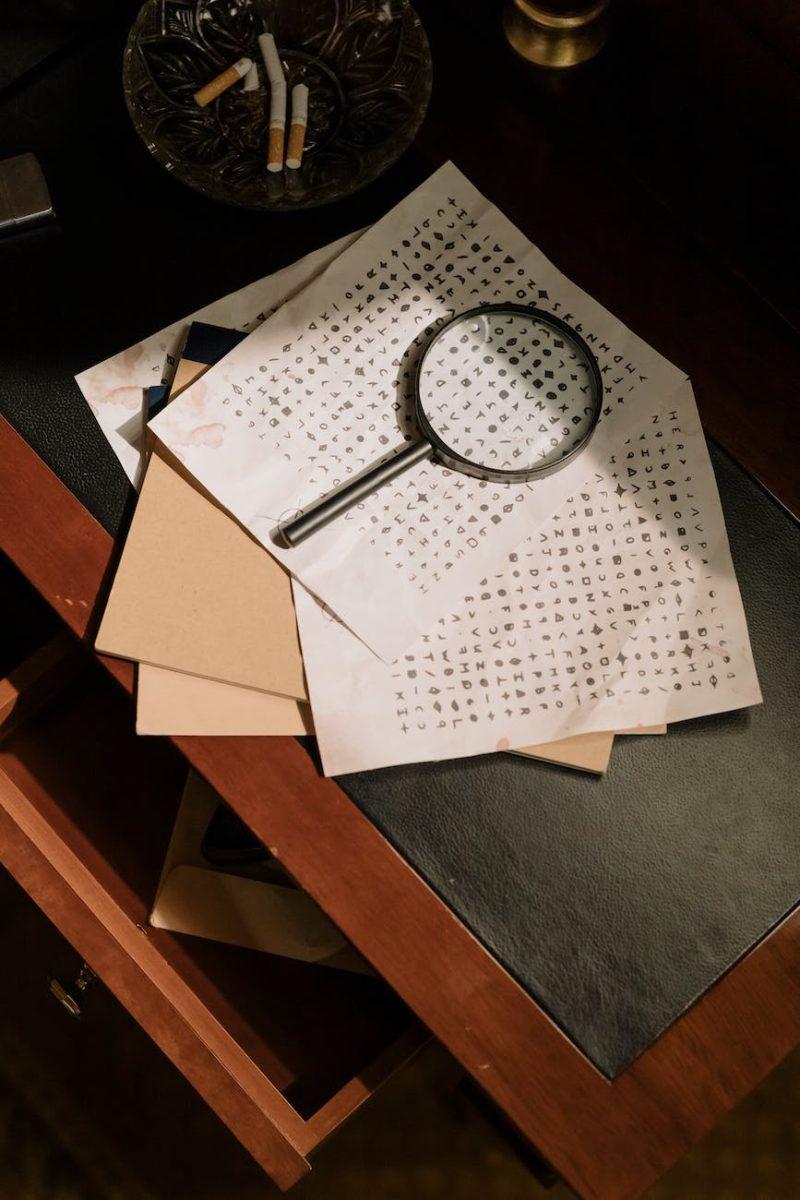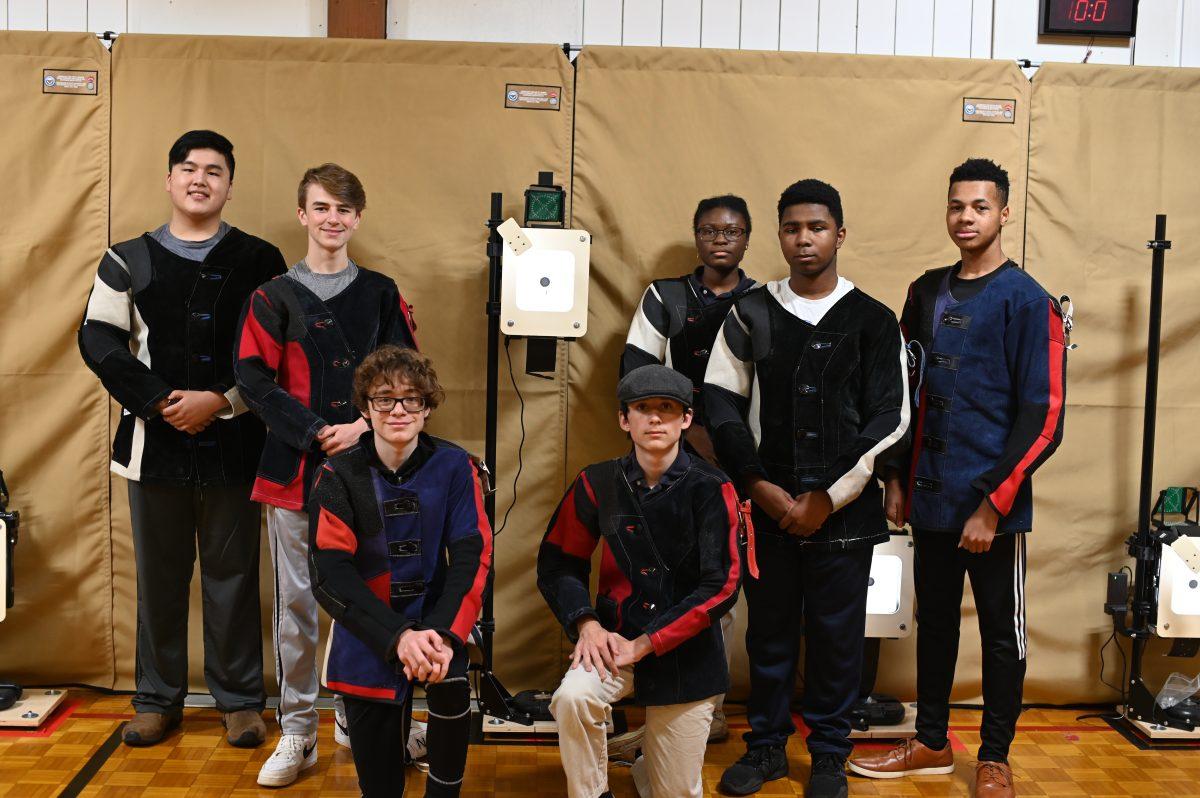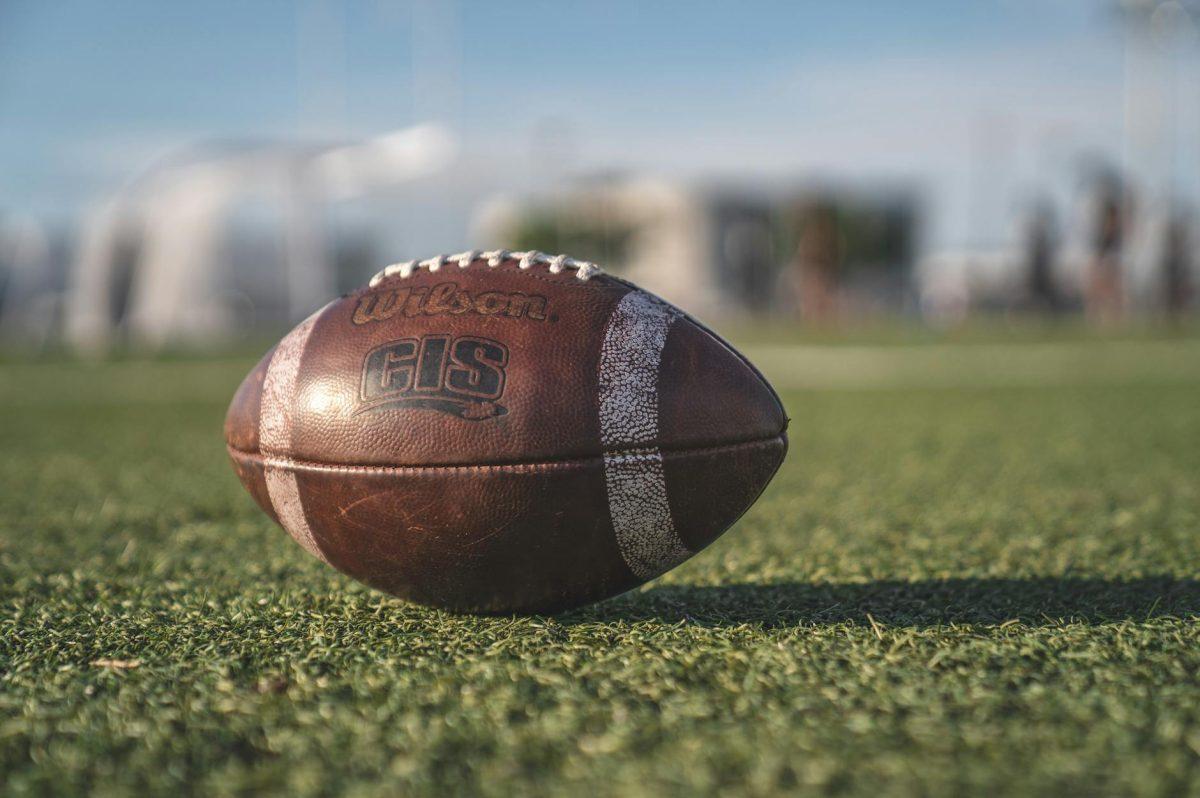A little past the tip of the end of the edge of campus, the riflery range attracts little attention. You’d be hard pressed to know it’s there, clumped with other inconspicuous buildings, and you’d be hard pressed to care about a sport like riflery when you could be playing pickleball. BUT — you’re missing out, because pickleball’s a liar (there are no pickles) and riflery is really pretty cool.
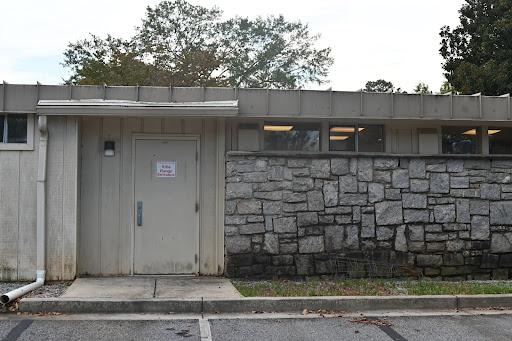
In a list of competitive sports, riflery isn’t one to catch an eye. Circled up in a team meeting, one of the members commented that watching riflery is a lot like watching paint dry. But really, watching — and playing — riflery is the best, most interesting part of watching paint dry: competitors focused until their eyes double, rooted cold in a spot until everything rolls in on itself — when the ground really starts to feel like ground, but it’s only half-solid. This kind of tension is what makes any sport exciting, and riflery hides it the least. Riflery is really just competitive paint drying, or at least the next best thing — though there’s a little more to it.
Jacob Ragan ‘25 should know — he’s on his third year shooting targets, and the details are only more pronounced with experience.
“It’s less of a very active sport, but more of a precision and…you’re having to move to get your breathing right,” Jacob said. “You don’t wanna rush things because then if you hold your breath for too long, you’re gonna start shaking.”
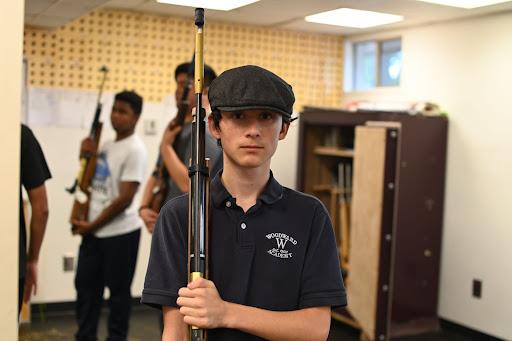
Every point in riflery is like a free kick. The team’s hopes are on you — no pressure — and the difference between a bullseye and a dud might come to a moment’s whim, even with duly-composed preparations. In some ways, riflery’s partial to the dramatic — silence builds as the target’s scanned, readied for; a steady shot needs to be coupled with tuned breathing, the quiet still domineering; suddenly, it’s all released in a striking crack and, with luck, a cheer.
“You gotta be still, and mostly it’s a very quiet sport,” Jacob said. “Sometimes, it isn’t because of people in the background, but usually they try to keep quiet. Then the finals, they let them be as loud as they want.”
After the team’s finished shooting, the top four scores are counted towards their total. Targets may be shot at individually, but riflery is a team sport; the tide of a match will ebb with everyone in it. Nerves can kick in double-time, but the feeling is mutual, and everyone’s at each other’s backs, like a looped conga line, and like with any conga line, you’ll be there five days a week to shoot targets and (if you’re a socialite) talk with friends.
“If you want to do something like have kind of… another family or have … everyone on your team…care about you and all have a great time and joke and all that, then riflery is a great sport for that.”
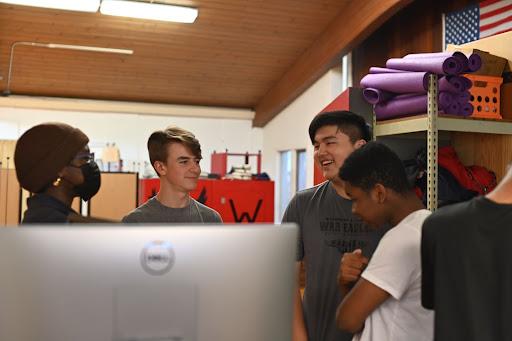
Riflery only has nine returning members this year, but the nine can still pack a punch and then some, all the more because they know they can rely on each other. Some shots need to be made up for, and venturing into a sport where so much precision is necessary, and where the movements are so sensitive, the added pressure of a hopeful team could be enough to turn shaky nerves into a blender of blunders. But the team is really just a group of friends, and they expect and deliver the best out of each other. A lousy shot’s something to improve — both by another teammate and for the next match.
Only, come the big matches — state, state finals — everyone will need to pick up each other’s slack and a half-a-slack more.
“Finals is when pressure really gets you,” Jacob said. “What we really see sometimes is when…say I shot and I got a seven instead of bullseye…that kind of makes you go ‘who’s going to fix that?’”
This year, Woodward riflery is competing in Area 8 — the campus has the largest range out of any school in the region, complete with twelve electric targets and stats monitors. They shot up to 13th out of 112 at the ‘22-’23 state finals, but this year, they plan on winning.
And playing up to two matches a week, they need to win often. The competitions’ results are marked in target binders, extensive logs of progress between seasons.
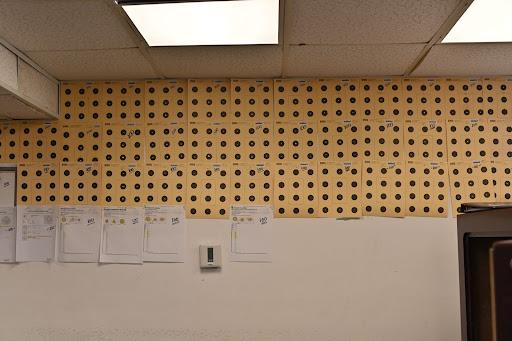
A lot about the riflery team is galvanized with spirit: the team’s determination, the corner dressed in perfect target sheets, the endurance to play two semester’s worth of matches and still expect more — they all keep riflery from being a sport about standing still and scanning targets. Those parts are exciting, too, but Woodward’s team is more than the sum of its parts, and they’re still looking to grow; new members can still join and watch paint dry first-hand, wall included.
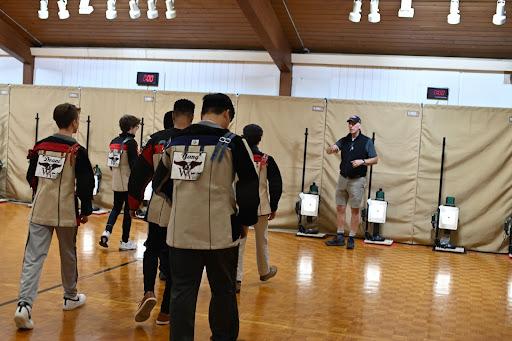
And riflery is NOT clay target, so don’t mix them up.
“They’re like, ‘oh, you do clay targeting’…it’s kind of annoying,” Jacob said.

